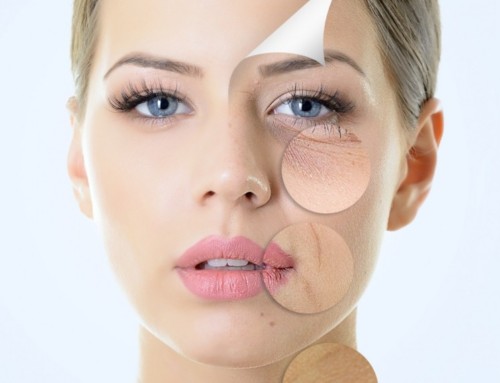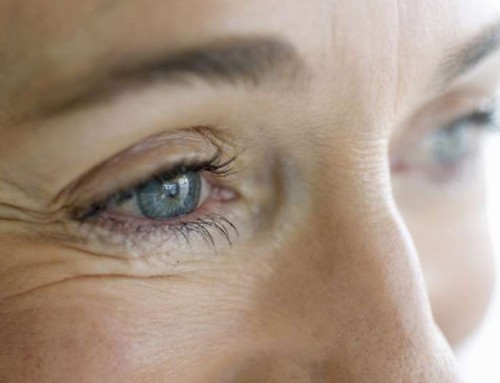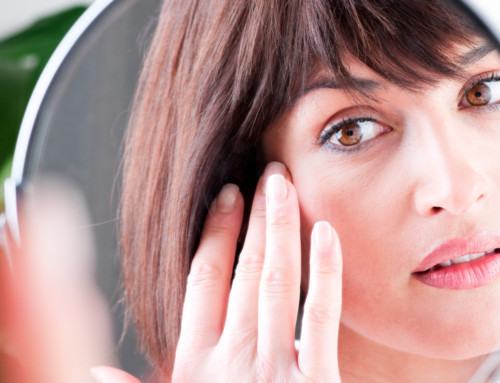As an anti-aging enthusiast I am a great believer in trying things myself before recommending them to my clients. In all honesty, there are times when I have regretted my “philosophy”. I can’t remember the first time I used DERMAL FILLERS, however I do remember early on when I spent many anxious days waiting for the bruises and lumpiness settled down. Wait! Don’t panic! Fillers are not uncharted territory. They were FDA approved more than 20 years ago and dermal fillers work!
Before we go any further I need to say one thing. Please do not confuse dermal fillers with other injectables such as BOTOX and DYSPORT. The only real thing they have in common is the needle. BOTOX and Dysport are generally used on the forehead and around the eyes to temporarily freeze facial movement and ease the appearance of wrinkles. Who wouldn’t want that! I give BOTOX and DYSPORT two thumbs-up.
HOWEVER…as we age the underlying structures of our face (fat and dermis) start to thin causing hollows, creases and sagging. Think of it like a couch. The wood frame is like the bones of our face, the springs and the padding/fill are similar to the fat and dermis of our skin. With age the couch springs breakdown and the padding/fill becomes compacted or misshapen. Although the fabric may be in good shape, the underlying support is gone making the couch look old and worn out. This is where dermal fillers can work magic. They can literally take years off of your appearance by augmenting lost volume in your face. Many things have been written about the areas of the face that can be treated. But, here are few things you may not know about DERMAL FILLERS…
ALL FILLERS ARE NOT CREATED EQUALLY
I once heard a great analogy “performing a filler treatment is like painting a picture… it is impossible to achieve optimal results with just one type of filler as it is impossible to paint a masterpiece with one color.” Fillers come in a wide variety with differing physical characteristics. THANK GOODNESS! Each area of your face is so unique that a “one-size-fits-all” strategy would be a disaster. Can you imagine using the same filler for your lips as your cheeks? Well – I can’t. Fillers used for the cheek area are injected much deeper and are thicker to support the “framework”. The thought of putting that in your delicate lips makes me cringe! Don’t be afraid to ask questions of your skin specialist. If they propose a single filler type for every area of your face – RUN!
MORE IS NOT ALWAYS BETTER!
In my opinion, one of the biggest problems with dermal fillers is overfilling. Have you ever heard of the pillow face phenomenon? It is real and quite frankly can be scary. In a society where more is considered better, many men and women have chosen to distort their looks by over-inflating areas of the face. It may be the patient pushing for more or the provider trying to sell more (I solemnly swear I will never do this to you), but in either case MORE can quickly become WAY MORE than you need.
Some people say the problem is fillers are addictive. I can’t really say if it is an addiction or the drive for perfection. Remember when it comes to filler, MORE doesn’t equal perfection! What is most important is the RIGHT amount to create a MORE youthful, natural result!
YOU WILL NOT LOOK WORSE IF YOU STOP USING FILLERS
I don’t know why this one makes me giggle. A common misconception is once you start filler injections, you can never stop, because if you do, you will sag and look worse than before you started. Fillers do not stretch out the skin! Remember we are filling lost volume. If you stop – yes- eventually the filler will disappear and you will go back to your former self not any worse. This is not a life-long commitment.
DERMAL FILLERS CAN LAST A LONG TIME
Fillers are lasting longer and longer thanks to improvements in technology. In general, thinner hyaluronic acid fillers such as Restylane and Juvederm last 6-9 months and in some cases 12 month. Harder, hyaluronic acid fillers such as Juvederm Voluma and Restylane Lyft last 12 – 18 months and in some cases 2 years. Sculptra, a Poly-L-lactic acid, restores volume by building collagen and lasts at a minimum 2 years. The longevity of fillers depend on many factors, such as the product, lifestyle, area of the face, and even injection technique. With consistent, repeat treatments the life of the fill is longer and the time between touch-ups is longer. In other words, it only gets better with practice!
THE INJECTOR’S EXPERTISE IS MORE IMPORTANT THAN THE PRODUCT
Hyaluronic acid fillers are just gel in a syringe. In the right hands, it can be miraculous. In the wrong hands – it can be a disaster. DO NOT let anyone inject anything in your face without getting a clear understanding of their experience. Check their website, check references and do not skip the consultation! Reputable injectors will welcome questions and provide as much detail about their experience and training as you need to feel comfortable. This is your priority #1!






